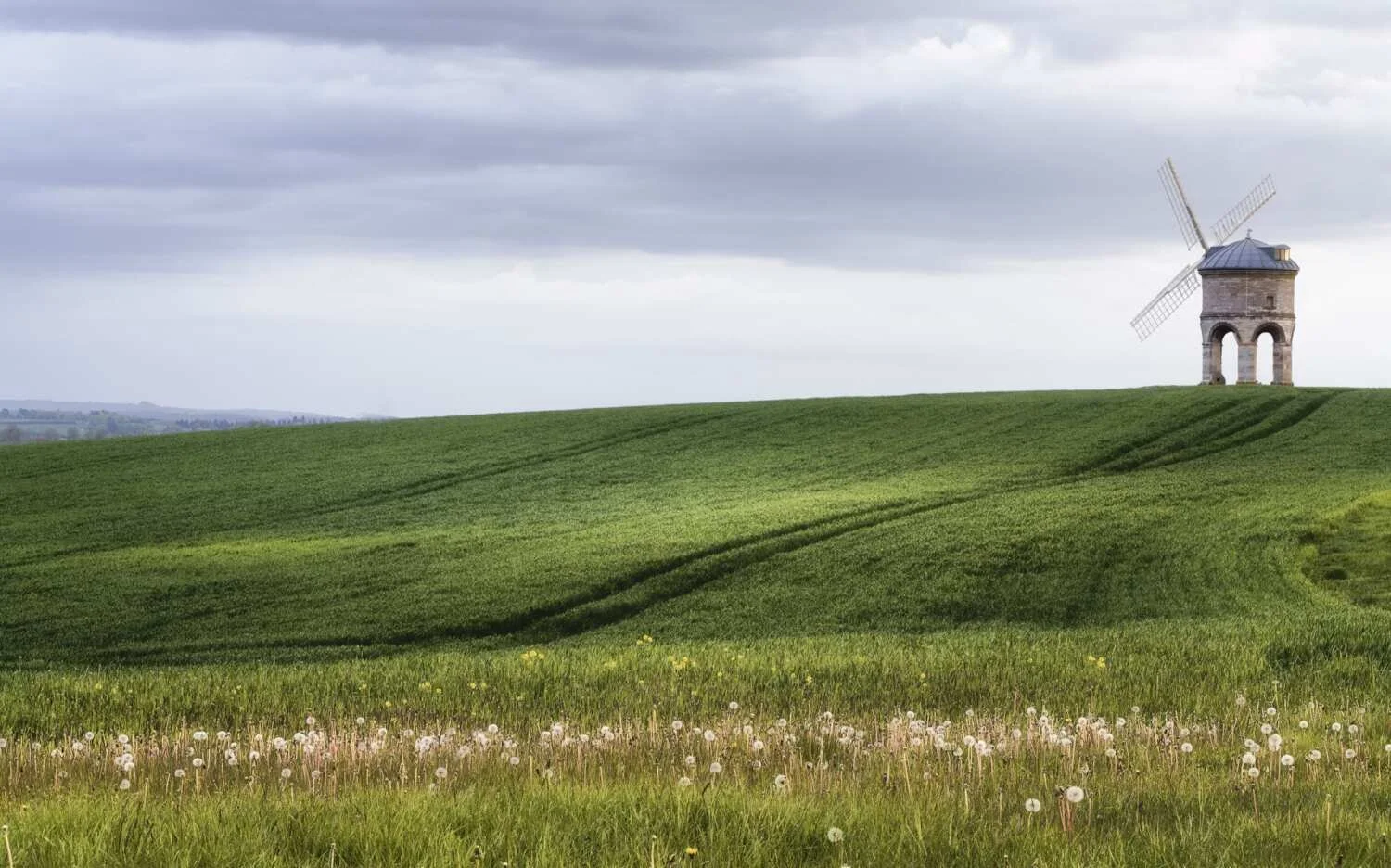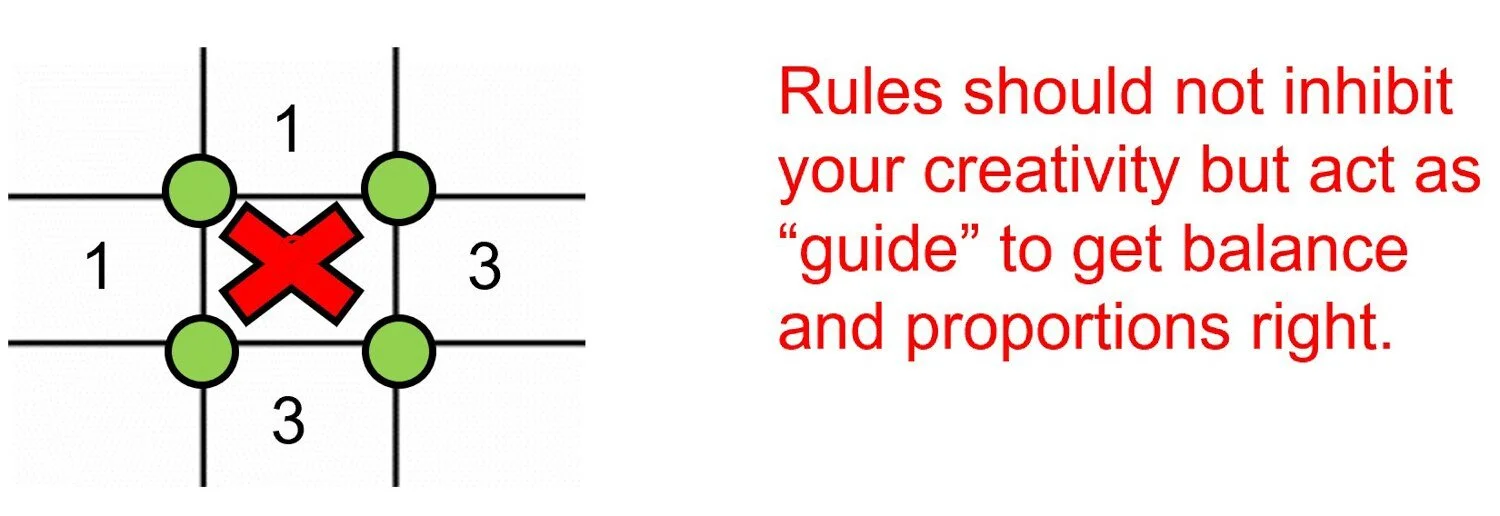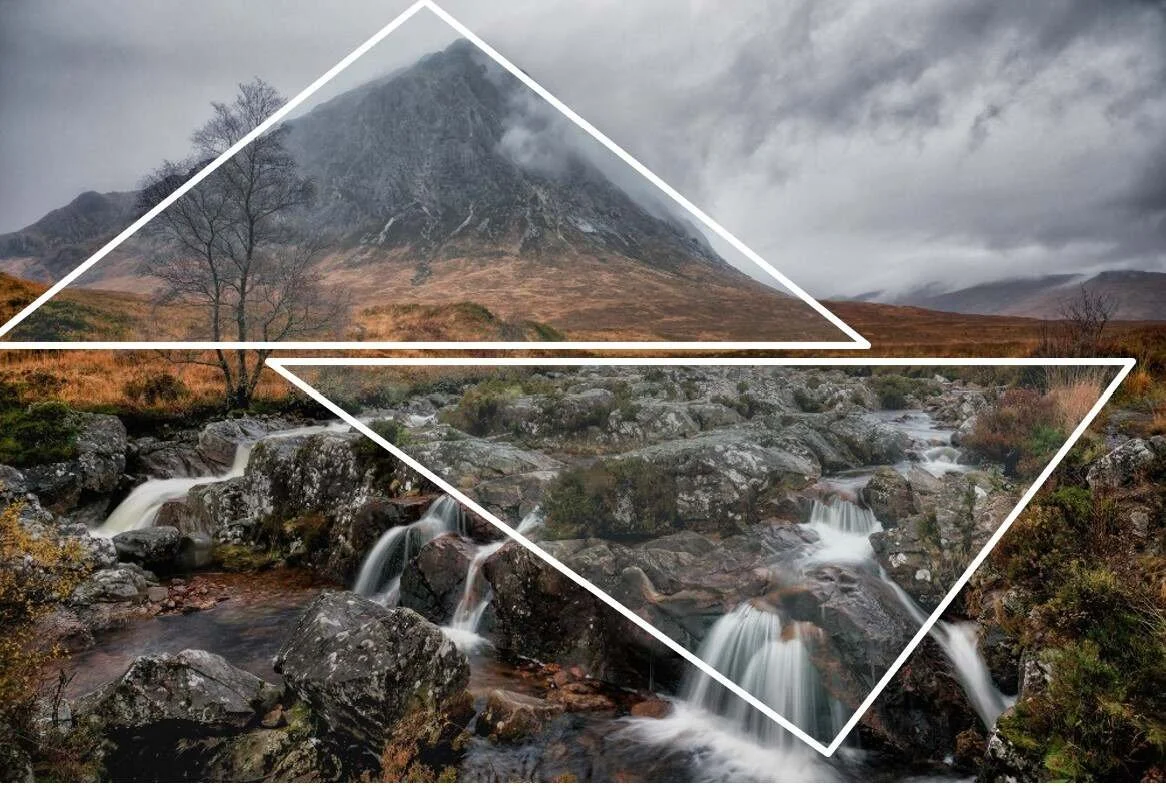Photography COMPOSITION RULES: A Guide for Beginners
Updated 23 Aug 2025
Struggling with cluttered scenes and weak subjects? Master composition rules that make images read fast and feel balanced.
This guide turns the classic rules—rule of thirds, symmetry, balance, leading lines, negative space and more—into quick, practical steps. You’ll learn when to use each rule, when to break it, and how to clean your frame so the subject stands out.
3 key takeaways
- Subject first: pick a clear focal point, simplify distractions, and use negative space, contrast or depth to isolate it.
- Structure the frame: apply the rule of thirds (or purposeful symmetry), place horizons with intent, and balance visual weight; watch edges to avoid mergers.
- Guide the eye: use leading lines, curves and framing to create flow; direct attention with light/colour; break rules deliberately when it strengthens the story.
Table of Contents Show
In the art and science of photography, understanding and applying the right photography composition rules can transform a simple photograph into a captivating work of art. The essence of creating an impactful image lies not just in what is captured but also in how it is presented through the lens. Photography composition rules, including the elements of composition in photography and various types of composition in photography, serve as the foundation for visual storytelling. They guide photographers on how to effectively draw the viewer's eye into the scene. Whether one is an aspiring photographer or a seasoned professional, mastering these principles, from basic photo composition to advanced photography composition techniques, is crucial for enhancing the aesthetic appeal and emotional depth of their work.
This article delves into the basics of photography composition rules, starting with the fundamentals before exploring essential techniques and advanced tips. It highlights the significance of composition in a photo, from employing the rule of thirds to understanding the importance of breathing space and the role it plays in framing a subject. Readers will gain insights into how these photography composition techniques can be leveraged for more persuasive visual storytelling and explore how continuous practice can lead to a marked improvement in their photographic endeavours. In essence, this guide aims to equip photographers with the knowledge to elevate the composition of their photos, turning ordinary shots into extraordinary stories.
Understanding the Basics of Photography Composition
Definition of Composition
Composition in photography, fundamentally about the arrangement of visual elements within the frame, can make an image more or less interesting and successful by guiding the viewer's eye through the image. This arrangement, a core aspect of what is composition in photography, involves not just the subject but also the thoughtful application of photo composition principles.
Importance of Composition
Effective composition is crucial as it not only enhances the aesthetic appeal of a photo but also directs the viewer's attention to the intended subjects and narratives. A well-composed image can communicate emotions and stories more powerfully, making it memorable and impactful. This underscores the importance of mastering photo composition and composition meaning in photography.
Common Misconceptions
There are misconceptions that composition must adhere strictly to established rules like the Rule of Thirds or the Golden Ratio. However, these rules of photography and composition are guidelines that can be adapted or even broken to achieve a desired effect or convey a unique perspective in photography.
Essential Composition Techniques
Quick Tips — Essential Composition Techniques
- Rule of Thirds: Place the subject on power points; keep horizons on a third.
- Leading Lines: Use roads, fences, or light to guide the eye toward the subject.
- Framing: Doorways, branches, arches—create a frame within the frame for depth.
- Balance: Counter-weight a dominant subject with a secondary element or space.
- Symmetry & Patterns: Centre when symmetry is strong; break patterns to add focus.
- Negative Space: Leave clean space around the subject to simplify and emphasise.
- Layering: Include foreground–mid–background to add depth and scale.
- Perspective: Change height/angle; get low, high, or closer to simplify mergers.
- Figure–Ground: Ensure tonal/colour contrast so the subject separates clearly.
- Fill the Frame: Remove distractions; crop tight to strengthen impact.
- Edges & Mergers: Check frame edges for cut limbs, tangents, or awkward overlaps.
- Triangles / Odds: Arrange key points as triangles; odd numbers read more naturally.
Rule of Thirds
The rule of thirds, a fundamental composition technique in photography, involves a grid of nine equal parts created by two horizontal and two vertical lines. Placing the main subject or focal points along these lines or at their intersections can lead to more balanced and visually appealing photos. This technique beautifully demonstrates how triangles can be used to enhance composition. This technique is versatile and applicable in various photography forms, from landscapes where horizons are aligned with horizontal lines to portraits where subjects are placed at power points for emphasis. Using triangles adds an extra layer of interest and balance to the composition.
Leading Lines (Visual Pathways)
Leading lines are powerful compositional tools that guide the viewer's eye through the photograph, often leading to the main subject. These can be anything from paths and walls to patterns and natural formations. By strategically positioning these lines, photographers create a sense of depth and dynamism, making the composition more engaging and directing the viewer's attention to areas of interest. The use of diagonals in this context adds to the dynamic quality of the composition.
Symmetry and Patterns
Symmetry in photography provides a visual balance, creating images that are pleasing to the eye. This can be achieved through horizontal, vertical, or radial arrangements where elements mirror each other across an axis. Patterns, whether man-made or natural, add interest and harmony to compositions, often leading to aesthetically pleasing and structured photographs. The repetition of these patterns or elements plays a crucial role in achieving symmetry.
Framing
Framing involves using elements within the scene to create a 'frame' around the subject, which can enhance the focus and depth of the composition. This technique can utilise various elements such as architectural features, natural frames like trees or rocks, and even light and shadows to draw attention to the main subject and add a narrative layer to the image. It's a strategic way to highlight the subject and add depth to the visual story being told.
Grab the 1-page Composition Rules Checklist
Download the printable A4 guide — rule of thirds, balance, leading lines, framing & more.
Advanced Composition Tips
Using Negative Space
Negative space, often seen as the background, defines the mood and enhances the subject by providing a sense of place, which is crucial in nature photography compositions. Effective use of negative space, such as smooth textures or empty areas, draws attention to the subject, creating emotional and balanced images.
Layering Elements for Depth
Layering adds a three-dimensional illusion to photographs, which is crucial for visual storytelling. It involves foreground, middle ground, and background layers, each contributing to the image's depth and narrative. Mastering this technique requires practice and awareness of the scene's elements.

Balancing Visual Elements
Balance in composition involves arranging visual elements, sometimes forming triangles, to create stability. Techniques include using symmetry for formal balance and asymmetry for a dynamic feel. Colours, sizes, and textures all contribute to visual weight, affecting the balance and overall impact of the photograph.
Playing with Perspectives and Viewpoints
Exploring different perspectives and viewpoints adds depth and interest to compositions. Techniques include altering the camera angle, using physical or conceptual perspectives, and considering the spatial relationship within the frame. This approach, enriched by context, helps achieve more realistic and engaging photos.
Editing Tips (5 minutes)
- Crop & straighten: Enforce your chosen rule (thirds, symmetry); level horizons and verticals.
- Aspect ratio: Test 4:5, 1:1, 16:9 to simplify edges and strengthen balance.
- Lens & transform: Apply profile corrections; use Upright/Transform to fix keystone lines.
- Clean the frame: Heal/clone dust, bright specks and edge clutter that pull the eye.
- Figure–ground pop: Subtle local contrast/clarity on the subject; reduce texture in background.
- Light direction: Dodge leading lines/subject faces; burn edges/tangents to guide attention.
- Colour separation: HSL/Selective Color to nudge hues apart; tame dominant colours by –saturation.
- Vignette (feathered): Very soft, centred on point of interest—keep it invisible.
- B&W geometry: If colour distracts, convert; adjust channel mix for clean tonal separation.
- Extend canvas: Content-aware extend or “Boundary Warp” to add breathing/negative space if tight.
- Selective sharpen: Mask sharpening to subject edges; avoid noise in flat areas/sky.
- Export check: Re-view at output size; fix haloing, colour banding and over-crisp edges.
Improving Composition through Practice
Experimentation and Creativity
Photographers enhance their skills by embracing experimentation, often breaking from conventional rules like the Rule of Thirds to discover unique perspectives and form compelling triangles in their compositions. Experimenting with different compositions allows photographers to develop a distinctive style that resonates more profoundly with their creative vision. It encourages them to think outside the traditional frameworks and adapt to what best suits the scene or their artistic intent, always keeping context in mind.
Learning from Critique
Engaging in the critique process, both giving and receiving feedback, is crucial for growth in photography. This interaction highlights areas for improvement and reinforces successful techniques in one's work. Critiques can provide new insights and perspectives, helping photographers understand how their work is perceived by others and encouraging a deeper analysis of their techniques.
Continuous Learning and Adaptation
Continuous learning through the study of photography and other visual arts enriches a photographer’s understanding of composition and visual storytelling. This ongoing process involves adapting to new techniques and perspectives, keeping a photographer’s work dynamic and evolving. Regular practice and revisiting past works to see them with fresh eyes, a practice akin to repetition, contribute significantly to mastering composition.
Conclusion
Throughout this exploration of photography composition, we've journeyed from the foundational principles to intricate techniques and beyond, ultimately unveiling the vast potential inherent in thoughtful compositional strategies for creating compelling images. The discussion has underscored the pivotal role of composition—not just as a set of rules to follow but as a dynamic canvas for creative expression. By weaving together essential techniques like the rule of thirds, leading lines, and the effective use of negative space with advanced strategies such as layering elements and experimenting with perspectives, photographers are equipped to elevate their visual storytelling to new heights, transforming the ordinary into extraordinary, with the use of triangles and diagonals against a thoughtfully considered background.
As we conclude, it's clear that the path to mastering composition is one of continuous learning, experimentation, and adaptation. The insights shared here serve as a brief guide and an inspiration for photographers at all levels to refine their craft and discover their unique voice through the lens. Embracing critique and practice with an open heart will lead to unabated growth and innovation in photography. Thus, the journey of improving one's composition is endless, promising ever-evolving landscapes of visual expression and storytelling prowess that await those willing to explore, learn, and persist.
FAQs - Photography Styles
What makes an image truly captivating?
The allure of an image often comes down to its composition, which encompasses various artistic rules and principles. These include the rule of thirds, the golden ratio, symmetry, leading lines, framing, and even the strategic use of triangles and diagonals to direct attention. Each of these elements works in harmony to not only draw the viewer's eye but also to maintain their interest by effectively highlighting the subject.
How can I capture more captivating photographs?
To enhance the quality of your photos, consider these tips:
Apply the rule of thirds to balance your shots.
Ensure the eyes of any subjects are sharply in focus.
Be mindful of the photo's background to avoid distractions.
Understand the exposure triangle to manage light effectively.
Use the on-camera flash judiciously to avoid harsh lighting.
A tripod can stabilise your shots, especially in low light.
The soft light of early morning or evening can add beauty to your photos.
Learn from each photograph you take to improve continually.
How do image composition rules enhance the success of a photograph?
The top six rules to improve your photography composition include:
Simplifying the scene by decluttering the background.
Using the rule of thirds to position your subject off-center.
Filling the frame to avoid excessive negative space.
Incorporating diagonal lines to guide the viewer's eye.
Experimenting with high or low perspectives.
Using reflections to add an interesting element to your photos.
What are five compositional techniques for creating strong images?
When aiming to strengthen your photographic composition, remember to:
Simplify the scene to focus on your main subject.
Limit the amount of negative space to maintain interest.
Utilise lines to lead the viewer’s eye through the image.
Follow the rule of thirds for a balanced composition.
Create depth by defining a clear foreground, middle-ground, and background in your shots.
Alan RangerRemember that your images are your unique experience and therefore it’s essential to ensure they are backed up.
Read my post on Safeguarding high-quality images using proper backups.
📚 Continue Learning
- Next lesson: The Art of Storytelling in Photography
- Next lesson: What is Negative Space in Photography?
- Next lesson: What Are Leading Lines in Photography?
- Personal support: 1-to-1 Help on Zoom



